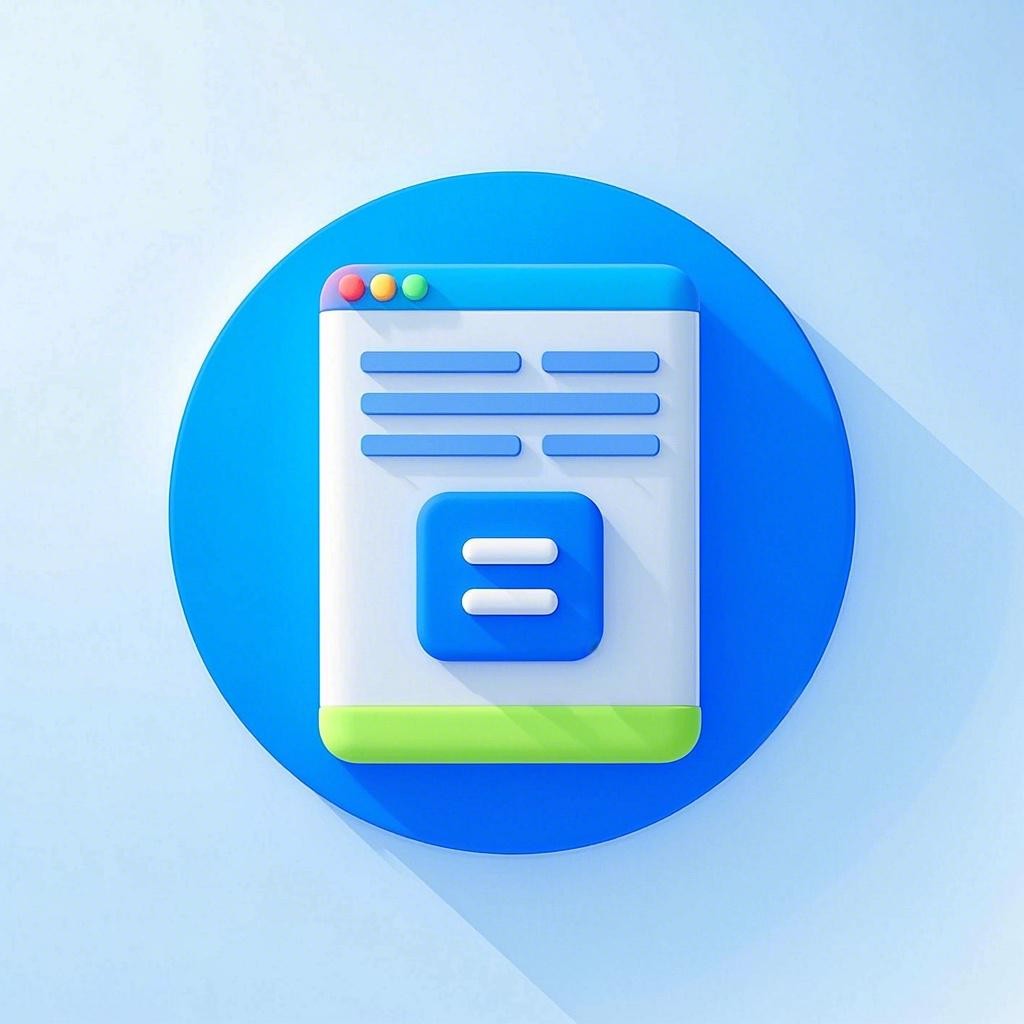英语作文的写作框架对于提升作文质量至关重要。以下是一份详细的英语作文框架模型图解秘籍,旨在帮助学生们构建清晰、连贯、有逻辑的作文。
引言
英语作文的写作框架通常包括以下几个部分:
- 引言 (Introduction): 引入话题,吸引读者兴趣,并提出论点或问题。
- 正文 (Body): 展开论点,通常包括几个段落,每个段落围绕一个主题展开。
- 结论 (Conclusion): 总结全文,重申论点,并提出建议或展望。
1. 引言 (Introduction)
结构:
- 背景信息 (Background Information): 简要介绍话题的背景。
- 主题句 (Topic Sentence): 明确表达文章的中心思想。
- 过渡句 (Transition Sentence): 引出正文。
示例:
In recent years, the use of smartphones has become increasingly popular among young people. This essay will discuss the benefits and drawbacks of this phenomenon.
2. 正文 (Body)
结构:
- 主题段落 (Thesis Paragraphs): 每个段落围绕一个主题展开,通常包括以下部分:
- 主题句 (Topic Sentence): 明确表达该段落的中心思想。
- 支持细节 (Supporting Details): 用事实、例子、数据等来支持主题句。
- 结论句 (Conclusion Sentence): 总结该段落的内容。
- 过渡句 (Transition Sentences): 连接不同的段落,使文章流畅。
示例:
第一段:
The first benefit of using smartphones is that they provide easy access to information. With a smartphone, you can quickly search for information, read news, and access educational resources.
第二段:
However, there are also drawbacks to using smartphones. One of the main concerns is that excessive use of smartphones can lead to addiction and affect one’s social skills.
3. 结论 (Conclusion)
结构:
- 重申论点 (Restate Thesis): 简要重申文章的中心思想。
- 总结 (Summary): 总结全文的主要观点。
- 建议或展望 (Suggestions or Prospects): 提出建议或对未来的展望。
示例:
In conclusion, while smartphones offer numerous benefits, it is important to use them responsibly and maintain a healthy balance between technology and real-life interactions.
思维导图应用
在写作过程中,可以使用思维导图来帮助整理思路和结构。以下是一个简单的思维导图示例:
英语作文框架模型
├── 引言
│ ├── 背景信息
│ ├── 主题句
│ └── 过渡句
├── 正文
│ ├── 主题段落
│ │ ├── 主题句
│ │ ├── 支持细节
│ │ └── 结论句
│ └── 过渡句
└── 结论
├── 重申论点
├── 总结
└── 建议/展望
通过以上框架模型,学生们可以更加系统地组织作文,提高写作水平。
